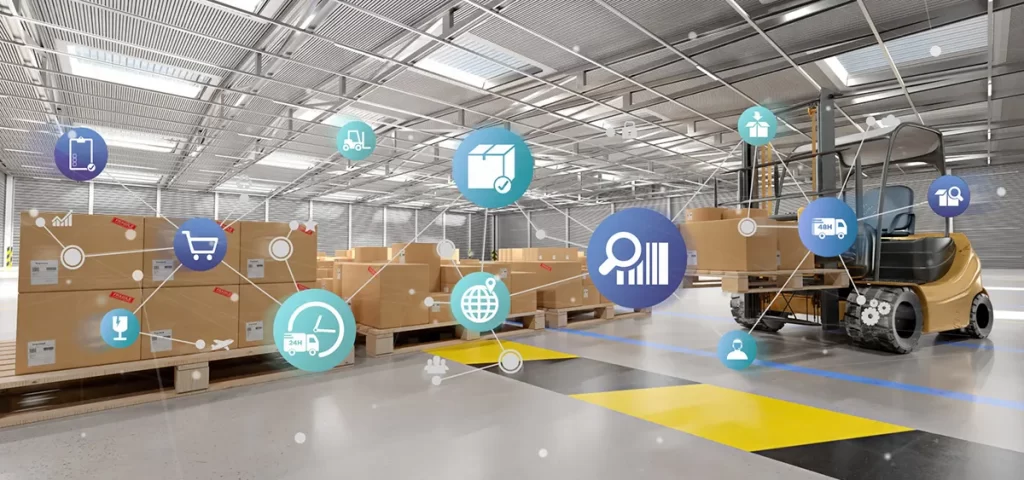
Demand forecasting is critical when it comes to answering questions like “How often do we need to replenish inventory?” or “Based on the historical data, where can we expect to be six months from now?” Unfortunately, ever since the pandemic majorly disrupted supply chains in March of this year, demand forecasting models–once so helpful in supply chain management–can be thrown out the window.
We can all remember the supply chain disruption by the pandemic. Who would have ever thought the demand for hand sanitizer, surgical masks, and even toilet paper would go through the roof? The whole point of forecasting is using data to make predictions that will help you make supply chain decisions. As we have gotten through this year, one thing that has become clear is that it’s impossible to predict anything.
The demand is still there for many items, but there are shortages making it more difficult for companies to have the necessary supply. We have seen shortages of everything from lumber to household appliances, but in the food and beverage field, specifically, we have seen aluminum can shortages as well as shortages of meat. Food and beverage manufacturers are getting submerged with market demand, and they can’t always get the supply up to meet that demand.
Demand forecasting traditionally has helped companies to determine how much packaging they will need, how much inventory they need, all the labor requirements, and all other inputs needed. Short-term forecasting, though, has become more accurate. In order to develop a short-term demand forecast that will help your organization to make better decisions, it’s important to really understand your customer. It will also be important to update demand forecasts frequently.
So demand forecasting is not as accurate as it once was. Those in procurement are used to getting a certain amount of inventory to produce their finished goods, but they might find that the demand has risen. Workers have to analyze what resources are available and what it’s going to take to get to that finished good.
What can organizations do in the meantime to ensure they are running as efficiently as possible? It’s now more important than ever to get your productivity up. You can’t afford to waste any time. One hour of downtime in a stable environment is not that big of a deal, but one hour of downtime now can be disastrous.
Even in stable times, demand forecasting is only accurate when organizations fully understand their capacity. If you can excel at performance or efficiency, your demand forecasting will be better. Having a better understanding of your capacity is the only way to ensure that you don’t overspend. So then you’re able to fix demand numbers that you are actually capable of hitting.
It’s also important for organizations to shift from a Just-in-Time model of inventory management to a Just-in-Case model. A Just-in-Time model only works with accurate demand forecasting as the only parts and products that are ordered are those that will help organizations to meet the demand placed on them. With a Just-in-Case model, organizations manage a large inventory to reduce the risk of backorders. This is the only way to respond to unforeseen demand.
It’s been a difficult year for supply chains, especially in the food and beverage industries. The only way to leverage resources and produce what needs to be produced is to increase your performance.
If your organization is interested in improving performance in a short period of time, you may want to take a look at our productivity sprint program. With the productivity sprint, there is a specific focus on eliminating waste and lost time in a low-cost, high-quality program. If you are interested in learning more, reach out to us today.


